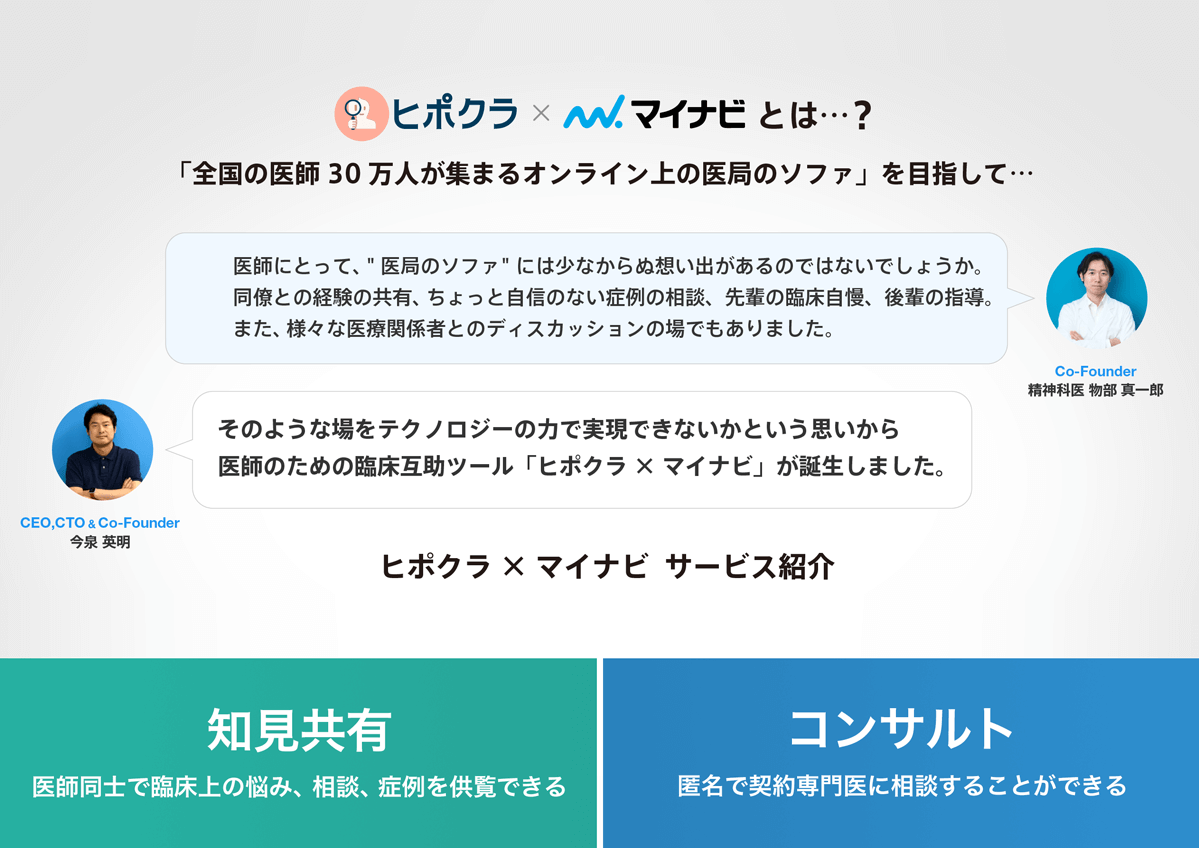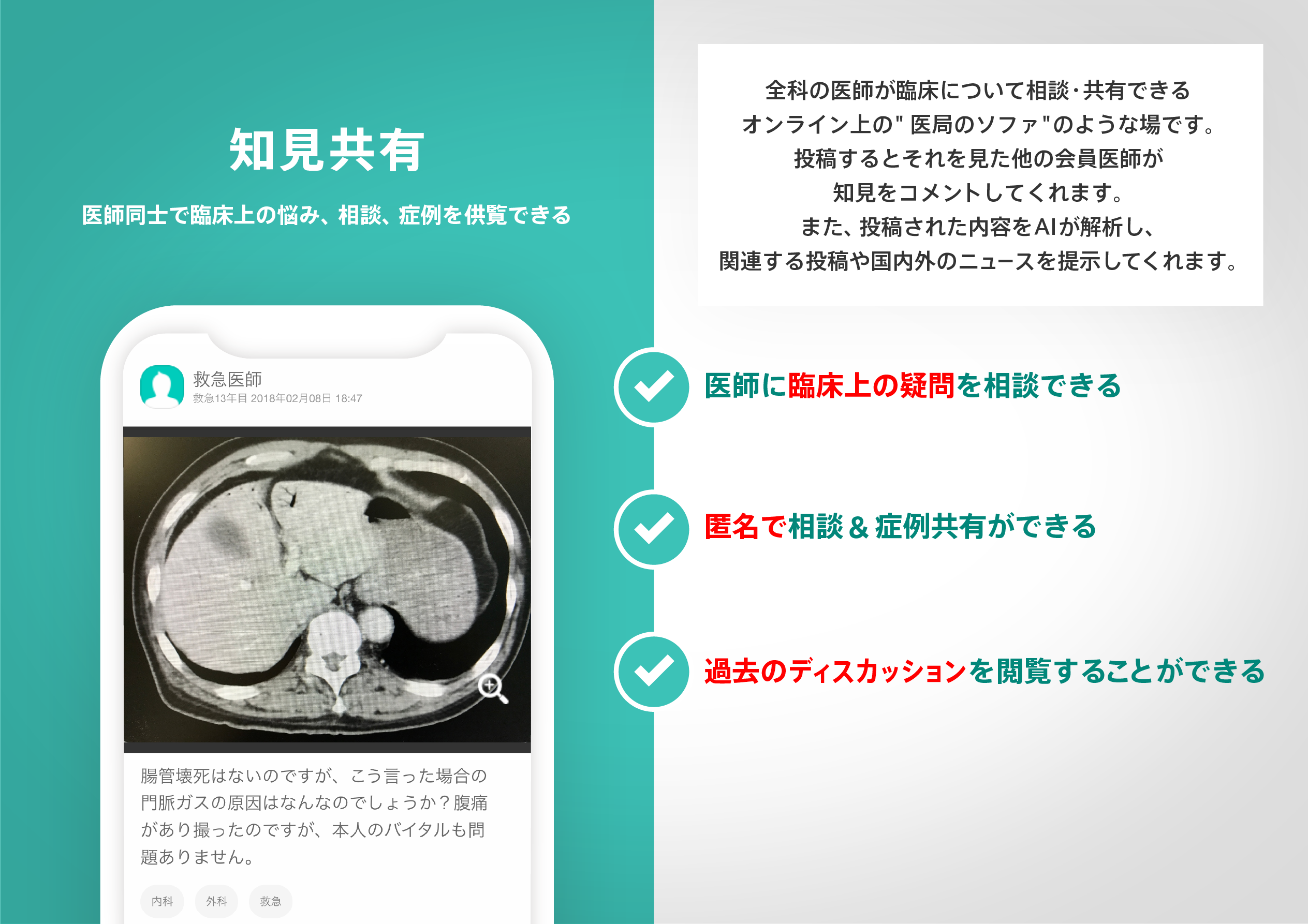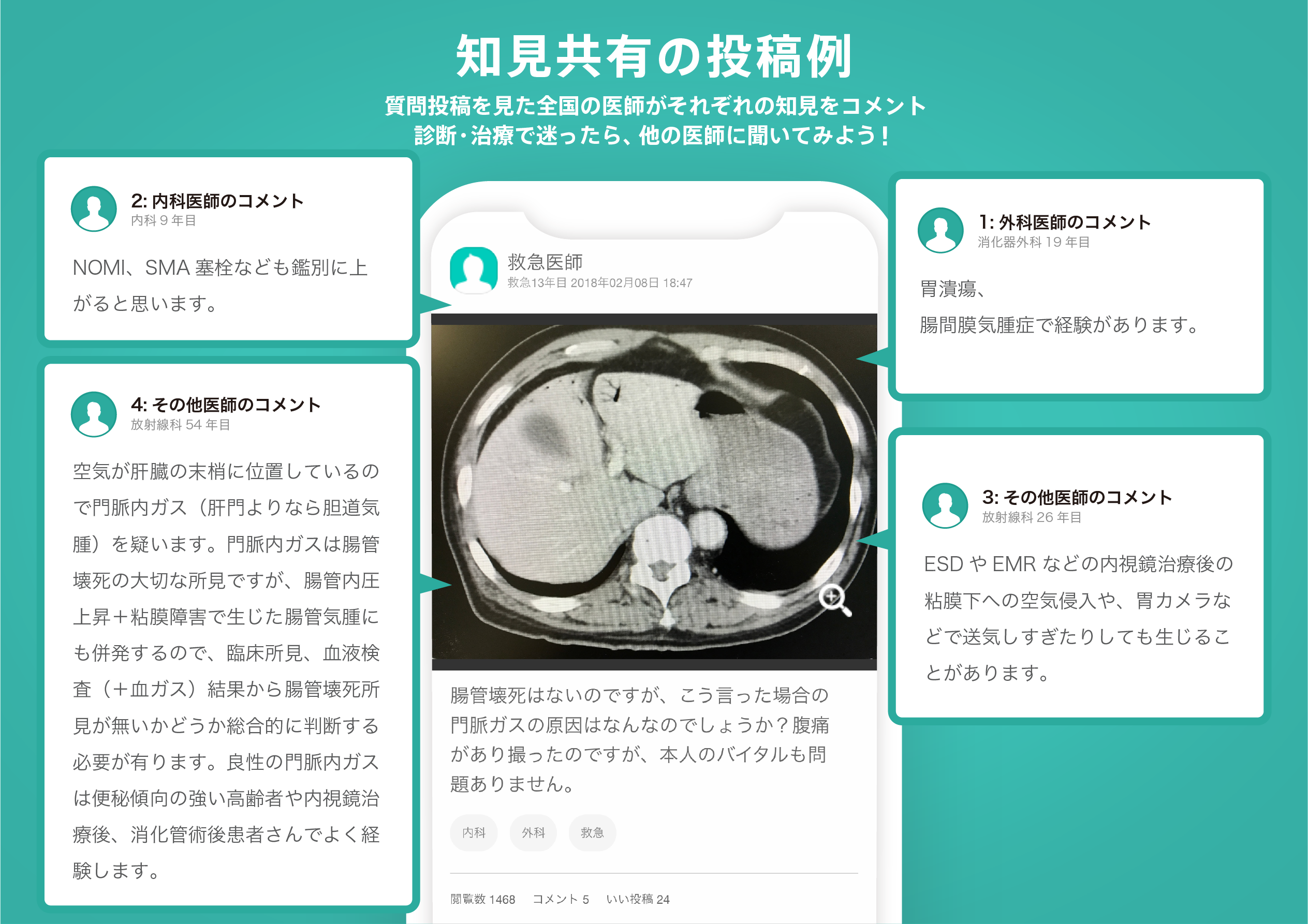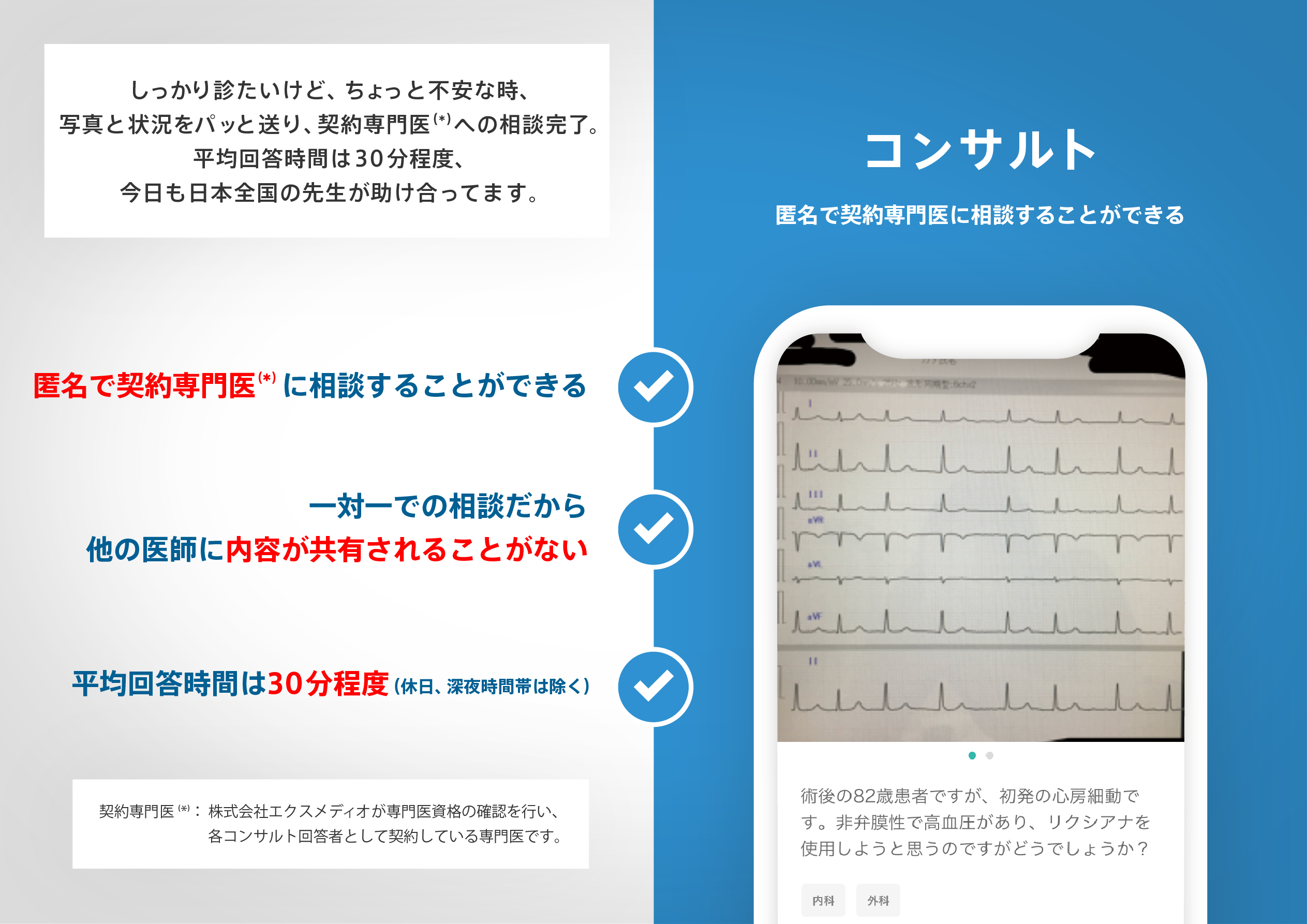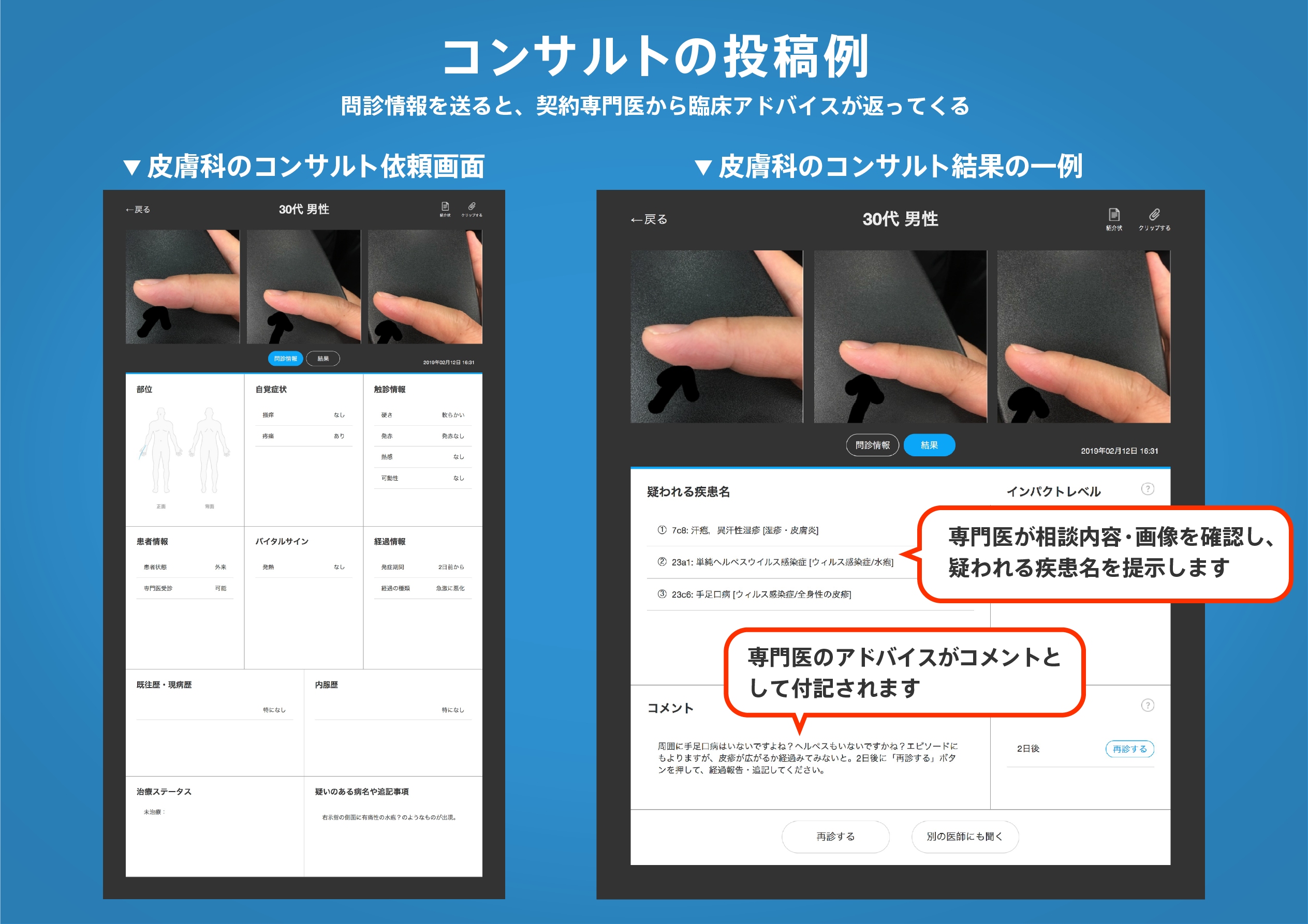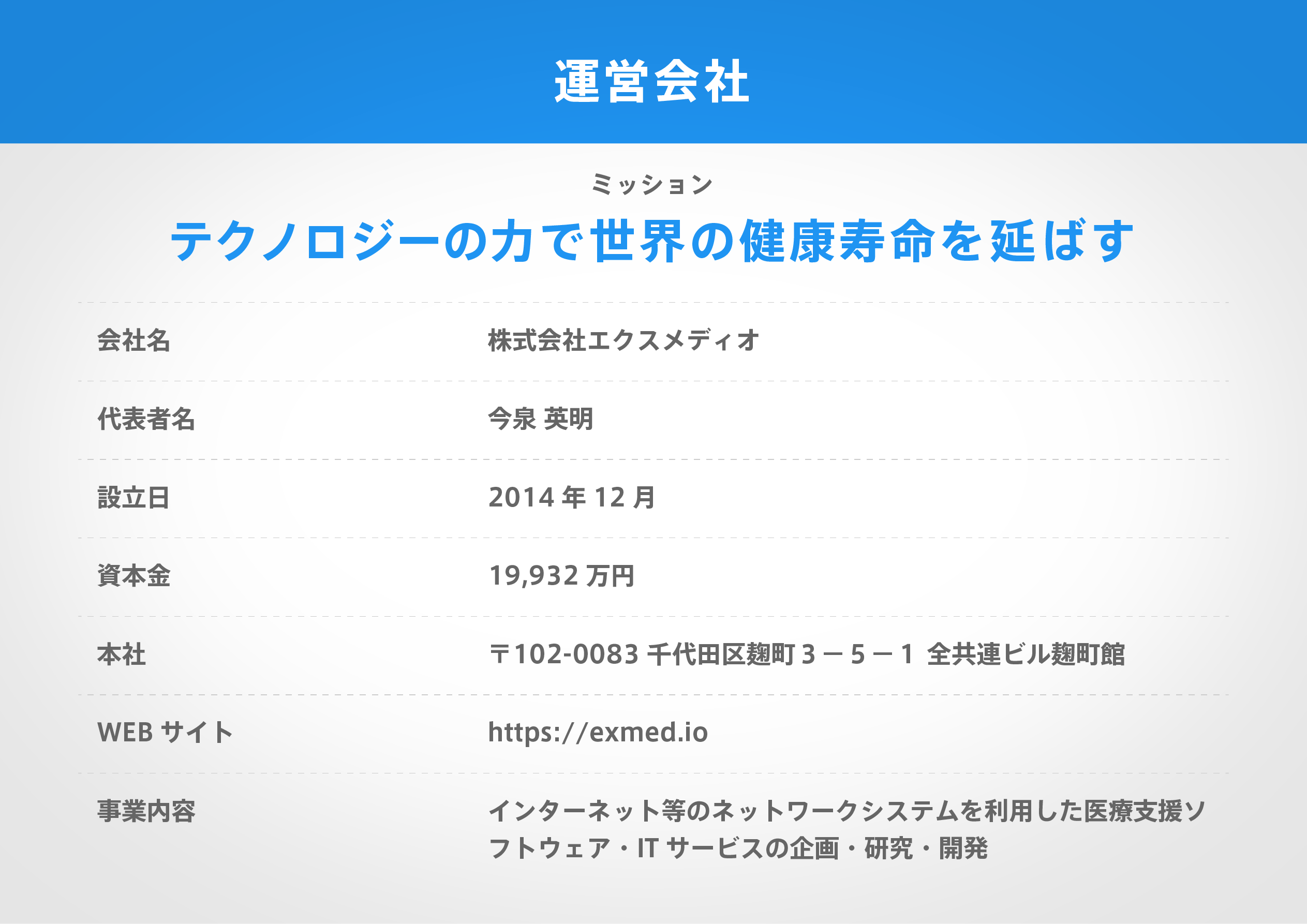著名医師による解説が無料で読めます
すると翻訳の精度が向上します
背景:肺超音波(LUS)スキャンは、Covid-19関連ARD(corads)中の肺病変の重症度を診断および評価するのに役立ちます。従来のLUSスコアが提案されており、card中の曝気の喪失を測定します。ただし、このスコアは、ICUのARDS患者のCoVID-19 ERA以前に検証されており、courdとの違いを考慮していません。代替LUSメソッドは、肺表面(Lusext)のcovid-19肺炎の典型的な兆候の拡張の割合を格付けすることに基づいています。 研究の質問:Lusextは疾患の発症時にCovid-19の患者で実行可能であり、CTスキャン(CTVOL)でのCovid-19肺炎病変の重症度の体積測定値と相関していますか? 研究の設計と方法:この観察研究では、Bedside LUSおよびCTスキャンで肺炎が示されたCuvid-19を含むEDの患者の利便性サンプリングを登録しました。Lusextは視覚的に定量化されました。すべてのCTスキャン研究は、CTVOLを計算するために特異的に設計されたソフトウェアによって遡及的に分析されました。LusextとCTVOLの相関、および各スコアとPAO2/FIO2比の相関は計算されました。 結果:179人の患者からのデータを分析しました。Lusextの実現可能性は100%でした。LUSスキャンを実行する時間は5±1.5分でした。LusextとCtvolは積極的に相関していた(r = 0.67; P <.0001)。LusextとCTVOLの両方は、PAO2/FIO2比との負の相関を示しました(r = -0.66およびr = -0.54; p <.0001)。 解釈:Lusextは、CTスキャンと比較した場合の病変の重症度の有効な尺度です。LusextとCTVOLが相関しているだけでなく、呼吸不全の重症度と同様の逆相関もあります。Lusextは、臨床的および予後的影響をさらに調査する必要があるのは、肺炎の重症度の実用的でシンプルなベッドサイドの尺度です。
背景:肺超音波(LUS)スキャンは、Covid-19関連ARD(corads)中の肺病変の重症度を診断および評価するのに役立ちます。従来のLUSスコアが提案されており、card中の曝気の喪失を測定します。ただし、このスコアは、ICUのARDS患者のCoVID-19 ERA以前に検証されており、courdとの違いを考慮していません。代替LUSメソッドは、肺表面(Lusext)のcovid-19肺炎の典型的な兆候の拡張の割合を格付けすることに基づいています。 研究の質問:Lusextは疾患の発症時にCovid-19の患者で実行可能であり、CTスキャン(CTVOL)でのCovid-19肺炎病変の重症度の体積測定値と相関していますか? 研究の設計と方法:この観察研究では、Bedside LUSおよびCTスキャンで肺炎が示されたCuvid-19を含むEDの患者の利便性サンプリングを登録しました。Lusextは視覚的に定量化されました。すべてのCTスキャン研究は、CTVOLを計算するために特異的に設計されたソフトウェアによって遡及的に分析されました。LusextとCTVOLの相関、および各スコアとPAO2/FIO2比の相関は計算されました。 結果:179人の患者からのデータを分析しました。Lusextの実現可能性は100%でした。LUSスキャンを実行する時間は5±1.5分でした。LusextとCtvolは積極的に相関していた(r = 0.67; P <.0001)。LusextとCTVOLの両方は、PAO2/FIO2比との負の相関を示しました(r = -0.66およびr = -0.54; p <.0001)。 解釈:Lusextは、CTスキャンと比較した場合の病変の重症度の有効な尺度です。LusextとCTVOLが相関しているだけでなく、呼吸不全の重症度と同様の逆相関もあります。Lusextは、臨床的および予後的影響をさらに調査する必要があるのは、肺炎の重症度の実用的でシンプルなベッドサイドの尺度です。
BACKGROUND: Lung ultrasound (LUS) scanning is useful to diagnose and assess the severity of pulmonary lesions during COVID-19-related ARDS (CoARDS). A conventional LUS score is proposed to measure the loss of aeration during CoARDS. However, this score was validated during the pre-COVID-19 era in patients with ARDS in the ICU and does not consider the differences with CoARDS. An alternative LUS method is based on grading the percentage of extension of the typical signs of COVID-19 pneumonia on the lung surface (LUSext). RESEARCH QUESTION: Is LUSext feasible in patients with COVID-19 at the onset of disease, and does it correlate with the volumetric measure of severity of COVID-19 pneumonia lesions at CT scan (CTvol)? STUDY DESIGN AND METHODS: This observational study enrolled a convenience sampling of patients in the ED with confirmed COVID-19 whose condition demonstrated pneumonia at bedside LUS and CT scan. LUSext was visually quantified. All CT scan studies were analyzed retrospectively by a specifically designed software to calculate the CTvol. The correlation between LUSext and CTvol, and the correlations of each score with Pao2/Fio2 ratio were calculated. RESULTS: We analyzed data from 179 patients. Feasibility of LUSext was 100%. Time to perform LUS scan was 5 ± 1.5 mins. LUSext and CTvol were correlated positively (R = 0.67; P < .0001). Both LUSext and CTvol showed negative correlation with Pao2/Fio2 ratio (R = -0.66 and R = -0.54; P < .0001, respectively). INTERPRETATION: LUSext is a valid measure of the severity of the lesions when compared with the CT scan. Not only are LUSext and CTvol correlated, but they also have similar inverse correlation with the severity of respiratory failure. LUSext is a practical and simple bedside measure of the severity of pneumonia in CoARDS, whose clinical and prognostic impact need to be investigated further.
医師のための臨床サポートサービス
ヒポクラ x マイナビのご紹介
無料会員登録していただくと、さらに便利で効率的な検索が可能になります。

